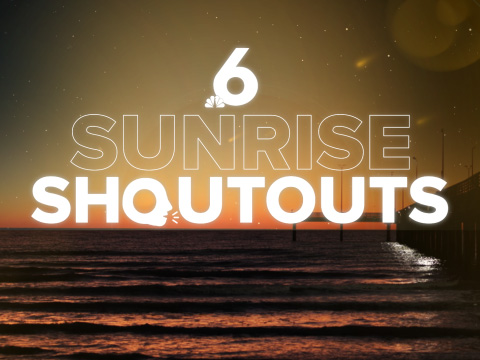Students watching the COVID-19 pandemic play out have reason to be wary of taking on additional loans for college. With what could be a slow economic recovery, signing up for an additional bill that comes each month, no matter what, might sound like a bad idea.
Federal student loan payments are currently paused. But those repayments are scheduled to resume next year before current students can take advantage of the halt. And while government income-based repayment plans and forbearance can offer a respite for economic hardships, interest still continues to add up. Private loans are even less forgiving and almost always require a co-signer.
But there’s an alternative emerging: income share agreements, or ISAs. With these agreements, students borrow money from their school or a third-party provider and repay a fixed percentage of their future income for a predetermined amount of time after leaving school.
Depending on the terms of the agreement and the student’s post-graduation salary, the total repaid could be much more or far less than the amount borrowed. It’s a gamble that could be worth it for students who’ve exhausted federal aid and scholarships. Here’s why.
No co-signer required
Most students need a co-signer to qualify for private student loans. Co-signers are on the hook for any missed payment, and a large balance can be a burden on their credit report. As families look to make ends meet, they may need that borrowing leverage for themselves.
Income share agreements are co-signer-free. Instead of credit history, students typically get an ISAbased on their year in school and major. The best terms are often reserved for students in high-earning majors near graduation, like seniors studying STEM fields. But high earners also risk having to repay a larger amount.
If an income share agreement isn’t the right fit for you and you need additional funding without a co-signer, consider a private student loan designed for independent students. These loans are often based on your earning potential and don’t require co-signers. They may also offer flexible repayment options based on salary or career tenure.
Unemployment safety net
With an income share agreement, if you’re unemployed — or if your salary falls below a certain threshold, which can be as low as $20,000 or as high as $40,000 — you don’t make payments. No interest accrues, and the term of your agreement doesn’t change.
That makes these agreements a good option for students in times of economic uncertainty, says Ken Ruggiero, chairman and CEO of consumer finance company Goal Structured Solutions, which is the parent company of student loan providers Ascent and Skills Fund and provides funding for school-based ISAs.
“I like the idea of not having to make a payment when you’re going into a recession or right after the recovery happened,” he says.
If you’re a junior, senior or graduate student poised to enter the workforce soon, that could make an income share agreement more attractive. Tess Michaels, CEO of income share agreement provider Stride Funding, says she’s seen a significant increase in inquiries since the pandemic forced schools to shut down in March.
But freshmen and sophomores have more time to wait out the economic fallout. If you’re further from starting your career, weigh the recession-related benefits of an income share agreement against the risk of giving up a percentage of your future income. Remember, you won’t know the total cost of an ISA when you sign up.
But it’s not right for all students
Some colleges offer income share agreements to all students regardless of major or tenure. Still, many of these programs prioritize upperclassmen, making it harder for freshmen and sophomores to qualify.
But an income share agreement might be the wrong move even if you’re graduating soon. If your income is higher than average after graduation, you might pay much more than you received.
Let’s say you get $15,000 from a private ISA company and agree to pay 9% of your salary for five years. If you earn $51,000 a year (the average starting salary for a college graduate) for the length of your term, you’ll repay $22,950. That is equivalent to a 10.6% interest rate. In that case, a private student loan could be a better option. Fixed rates on private student loans are hovering around 4%, though independent students will likely pay more.
And income share agreements have fewer protections for borrowers than student loans. Tariq Habash, head of investigations at the Student Borrower Protection Center, says that while consumer protection laws apply to these agreements, “ISA providers will say there isn’t really legal clarity because they’re new and different.” He said that he saw the same thing with payday loans and fears ISAs will take advantage of the most vulnerable students.
This article was written by NerdWallet and was originally published by The Associated Press.
More From NerdWallet
- How to Get Student Loan Relief During the Coronavirus and Beyond
- College During COVID-19: Your Aid Questions Answered
- What to Do if There Isn’t COVID-19 Student Loan Forgiveness
Cecilia Clark is a writer at NerdWallet. Email: cclark@nerdwallet.com.


